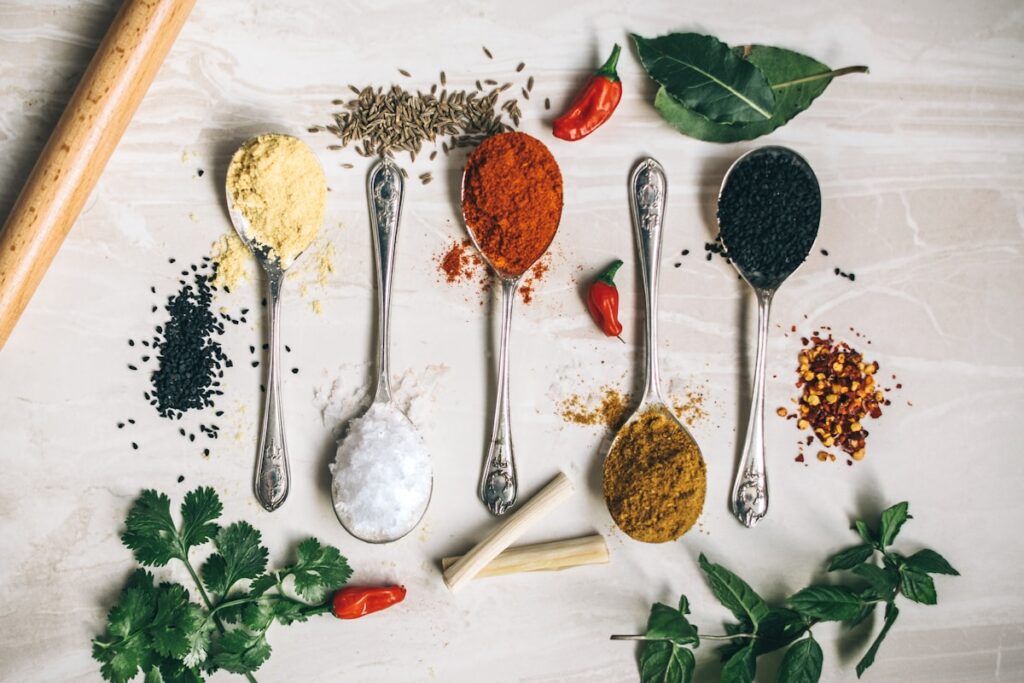
India is renowned for its vast heritage of traditional knowledge in healthcare including Ayurveda, Yoga & Naturopathy, Unani, Siddha, Sowa-Rigpa, and Homeopathy (collectively known as AYUSH). These traditional systems have great cultural significance, and the Ministry of AYUSH works to preserve and advance these systems.
With growing innovation, the patents related to AYUSH systems have also increased. To bring clarity in its patenting process, the Indian Patent Office has recently released the Guidelines for Examination of AYUSH Related Inventions (2025).
While a 2012 framework exists for traditional knowledge and biological material (the Guidelines for Processing of Patent Applications Relating to Traditional Knowledge and Biological Material), these new guidelines provide focused clarity for AYUSH innovations.
The Guidelines bring in a clear framework to ensure only genuine inventions receive patents, thereby preventing the exploitation of traditional knowledge. The Guidelines cover AYUSH products, equipment/devices, value-added food recipes, and nutraceuticals (eg: health supplements derived from traditional knowledge), and processes, with the ultimate aim of promoting innovation that honours tradition.
Key Elements of the 2025 Guidelines:
Legal Provisions
The Guidelines stress that AYUSH-related patent applications must comply with both the Patents Act, 1970 and the Biological Diversity Act, 2002.
Every AYUSH-related invention must meet patentability requirements under Section 2 and avoid exclusions under Section 3, particularly Section 3(e) for mere admixtures and Section 3(p) for traditional knowledge of the Patents Act, 1970.
If the invention uses Indian biological resources, prior approval from the National Biodiversity Authority (NBA) under Section 6 of the Biological Diversity Act, 2002 is mandatory. Failure to meet these requirements may result in refusal, opposition, or revocation of the patent.
Patent Process
The guidelines also define the patent process for AYUSH-related inventions. Like other patent application process, these include:
- Filing of Patent Application – The applicant must disclose all invention details.
- Screening and Classification – The invention is categorized, assigned a classification code, and published after 18 months.
- Examination – The Patent Office checks novelty and inventive steps through prior art searches using the Traditional Knowledge Digital Library (TKDL), covering Ayurveda, Siddha, Unani, Sowa-Rigpa, Yoga, and other databases.
Guidelines for Examination
The 2025 AYUSH Patent Guidelines specifically focus on AYUSH-related inventions and allow patentability based on process innovation, enhanced therapeutic effects, or unexpected therapeutic outcomes. These six key guidelines clarify what can and cannot be patented:
- Guideline 1: If a patent claim involves extracts, alkaloids or active ingredients derived from plants for a specific purpose, and the plant itself is already used for that same purpose, the claim is not considered novel or inventive. However, the processes used to obtain them can be patentable if they meet novelty and inventive step requirements.
- Guideline 2: If patent claims involve combinations of plants or ingredients from minerals, animal origin, and existing formulations having known therapeutic uses, they are considered obvious and non-patentable. However, such combinations can be inventive if an inventor proves through synergism that the combined effect exceeds the sum of individual effects, distinguishing true innovation from mere aggregation.
- Guideline 3: If any combination includes an ingredient known for treating a particular disease, that combination is automatically presumed obvious for treating the same disease, and thus not inventive. However, if such combination brings an unexpected technical or synergistic effect beyond what would normally be expected from the known ingredient, it may be presumed non-obvious and patentable.
- Guideline 4: If your claim involves discovering a workable range or optimum quantity of known traditional ingredients through routine experimentation, such claim cannot be considered patentable. Determining a range is obvious as skilled persons can do this through trial and error. However, such ranges can be patentable if they produce unexpected or non-obvious technical effects.
- Guideline 5: If a known combination (made up of different ingredients) is already known to treat a certain disease, then simply picking out one or more of those same ingredients to treat that same disease is not inventive. This is because a skilled person would already expect those ingredients to have the same effect. However, if the selected ingredient shows an unexpected or improved result, it can be considered inventive.
- Guideline 6: With technology aiding AYUSH procedures, like AYUR.AI’s smart wearable device (Patent No. 416499) for estimating traditional medicine parameters, inventions related to equipment or devices used for known AYUSH procedures may be patentable if they satisfy general patentability criteria (novelty, inventive step and non-obviousness).
Other Benefits:
The Guidelines also bring in clear language, illustrations and analysis for not only better understanding of the examination process but also better knowledge of the patentability criteria for such innovation. Guidelines 2 and 3 talks about how showing data on synergism effects can make a combination of traditional ingredients patentable. To help inventors understand this better, the guidelines also define the concept of synergism and provide illustrations on data showing the synergism effect, under Annexure-II.
Takeaway:
The AYUSH Guidelines represent a significant step in balancing tradition with innovation. By establishing clear frameworks for what can and cannot be patented, they protect India’s traditional knowledge while encouraging genuine AYUSH innovations to flourish and gain global recognition.
Author: Gautam Bhatia, Associate at PA Legal
Thank you for reading our blog! We’d love to hear from you! 
- Are you Interested in IP facts?
- Would you like to know more about how IP affects everyday lives?
- Have any questions or topics you’d like us to cover?
Send us your thoughts at info@thepalaw.com. We’d love to hear your